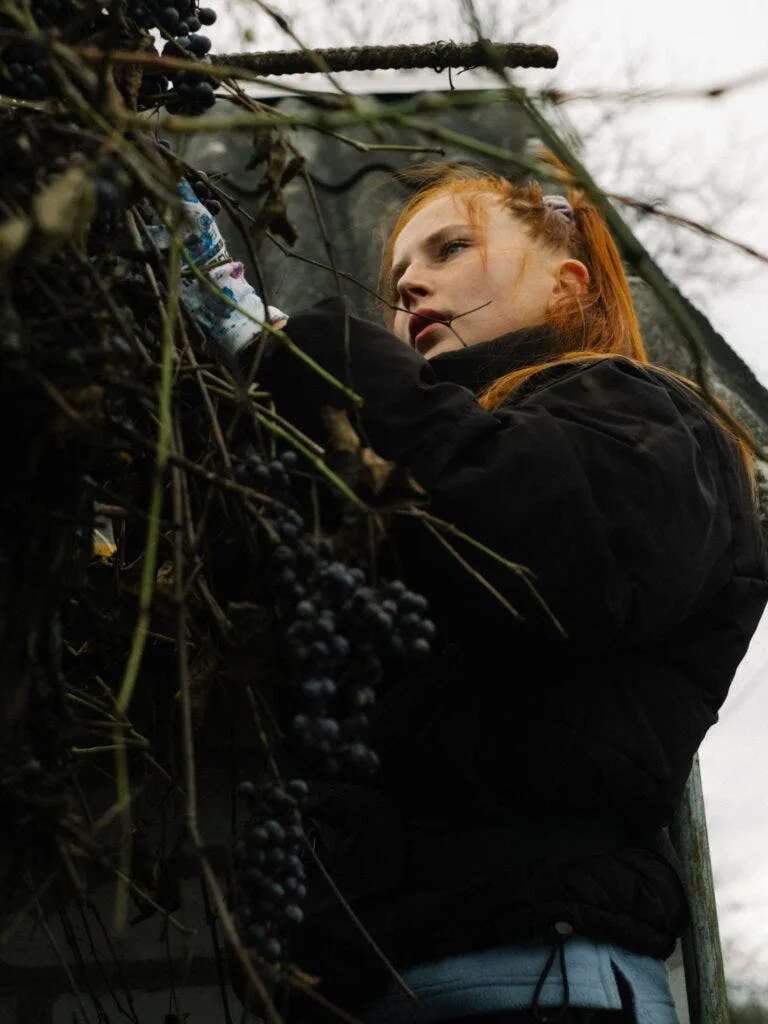The 14th-century Torre Guinigi rises above the historic centre of Lucca in northern Tuscany.
The dynamism of Lucca’s wineries has exerted an important influence on the region’s gastronomic scene, such that today, Lucca and its renowned ‘sea extension’ – the Versilia sandy-beach coastal stretch of Viareggio up to Forte dei Marmi – are at the forefront of the Italian culinary panorama. There are 10 Michelin-star restaurants in the area, eight of which are located along a short 12km stretch of coast – a brilliant alignment! – while the other two are Butterfly, on the plain of Lucca, and Giglio, within Lucca’s imposing 4km-long Renaissance city walls.
Nestled in a fertile plain of northern Tuscany, Lucca appears to the traveller like a mirage. An ancient settlement of Etruscan origins, the city gained importance as a Roman colony due to its strategic position in the north of the Italian peninsula. The city stands on the ‘olive border’, which in the past marked the northern edge of Mediterranean civilisation. For the Romans, defending Luca (as it was known in the Roman era) meant defending the empire.
In the Middle Ages, Lucca became a republic and grew prosperous thanks to the production of, and trade in, silk. The historic centre was enriched with palaces and churches. Among the latter, San Martino cathedral and San Frediano basilica are worth a visit.
Following the silk thread, local wine and oil reached the most important European markets. In the 16th century, when the silk trade went into crisis,







